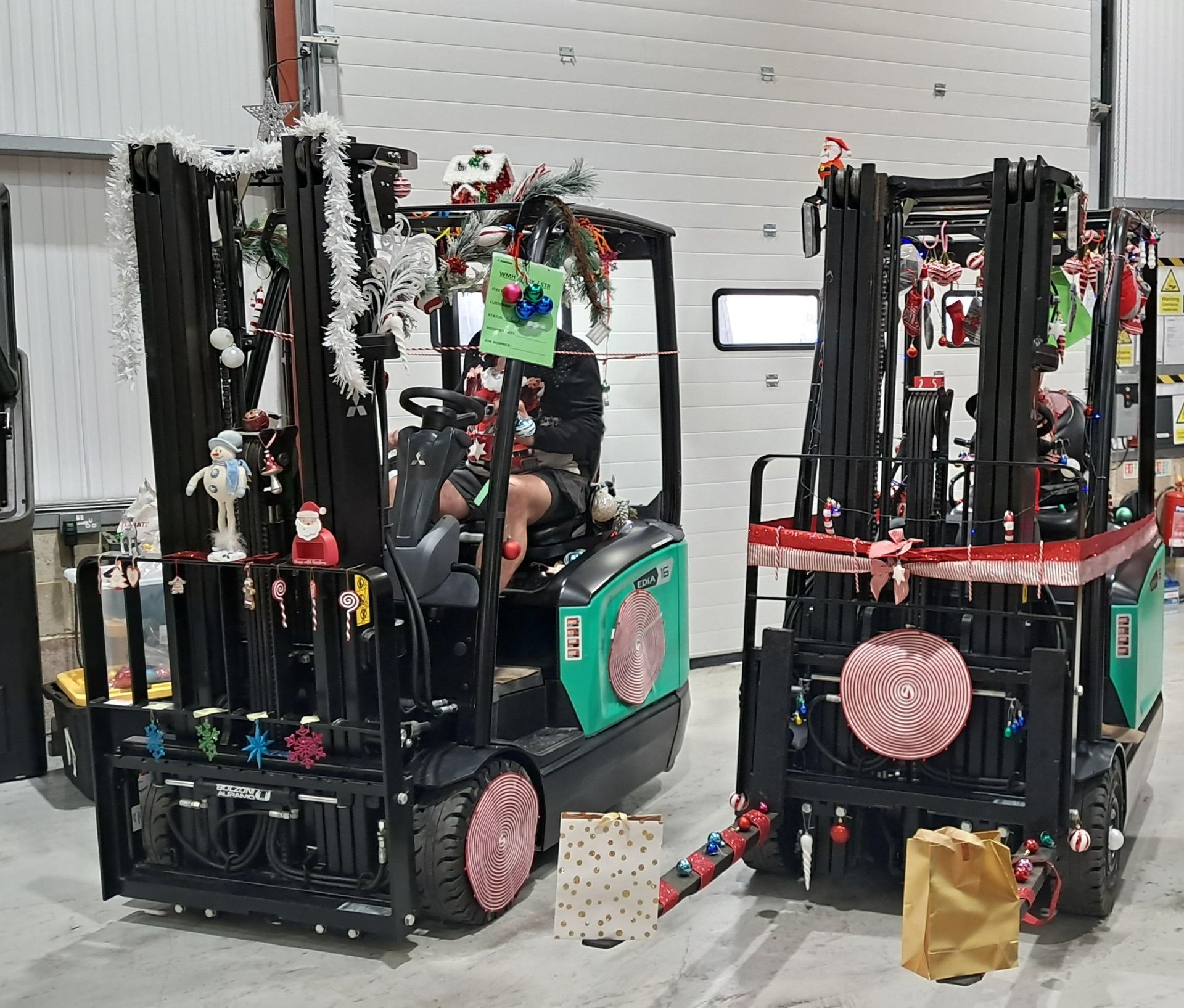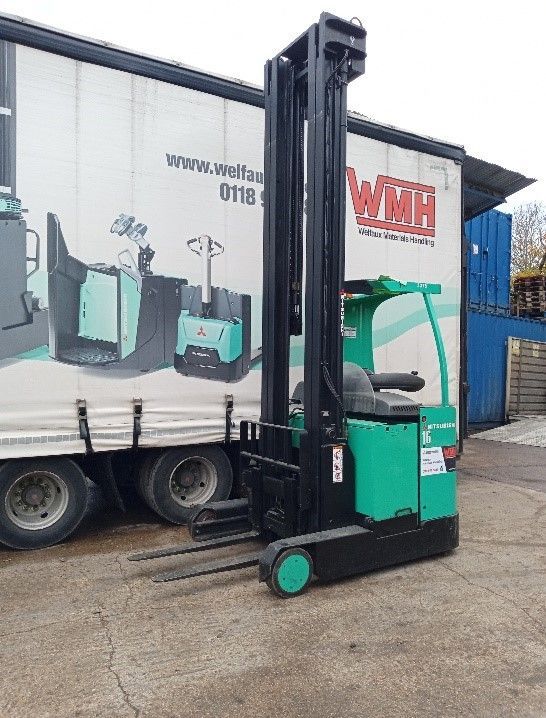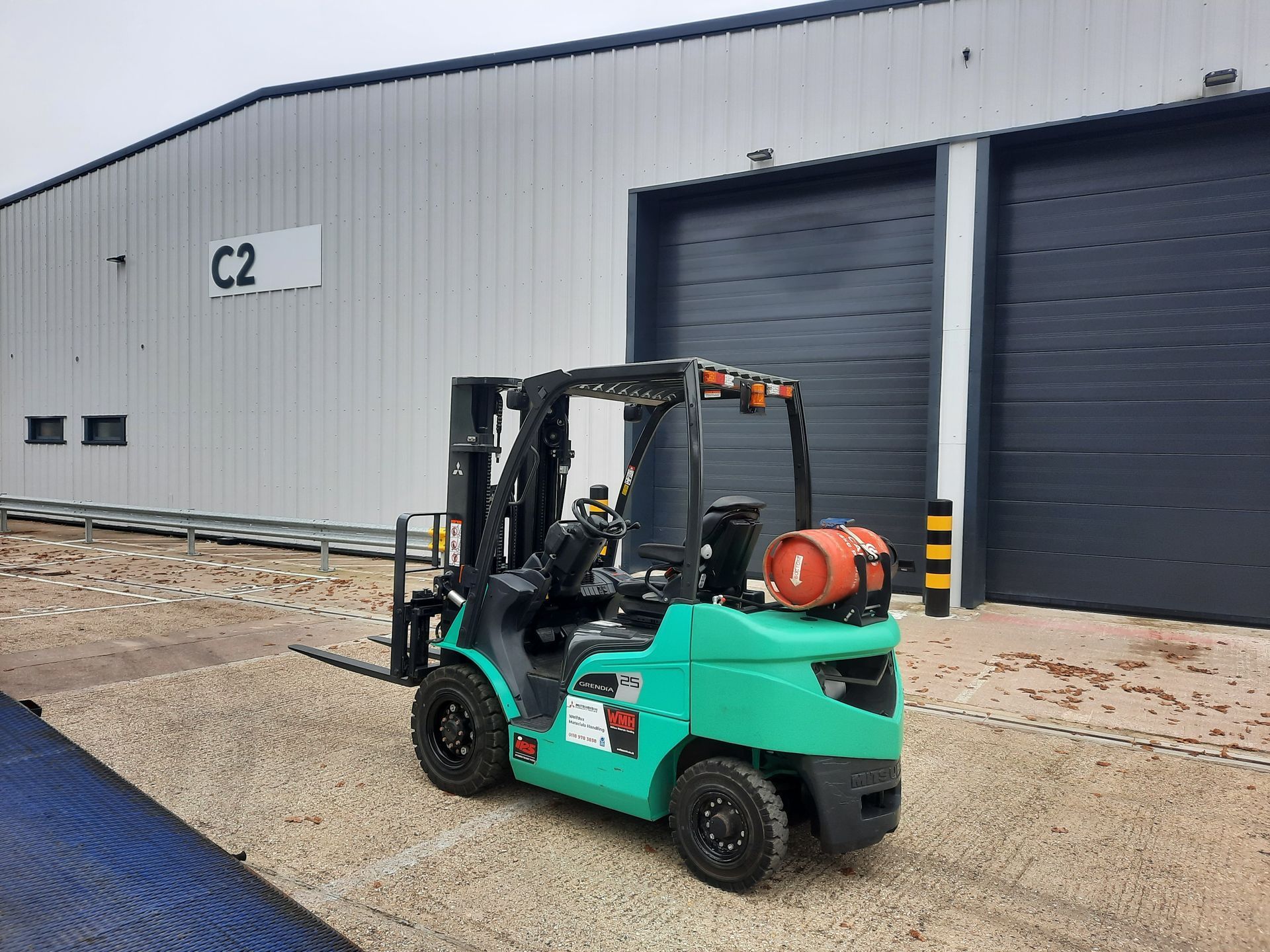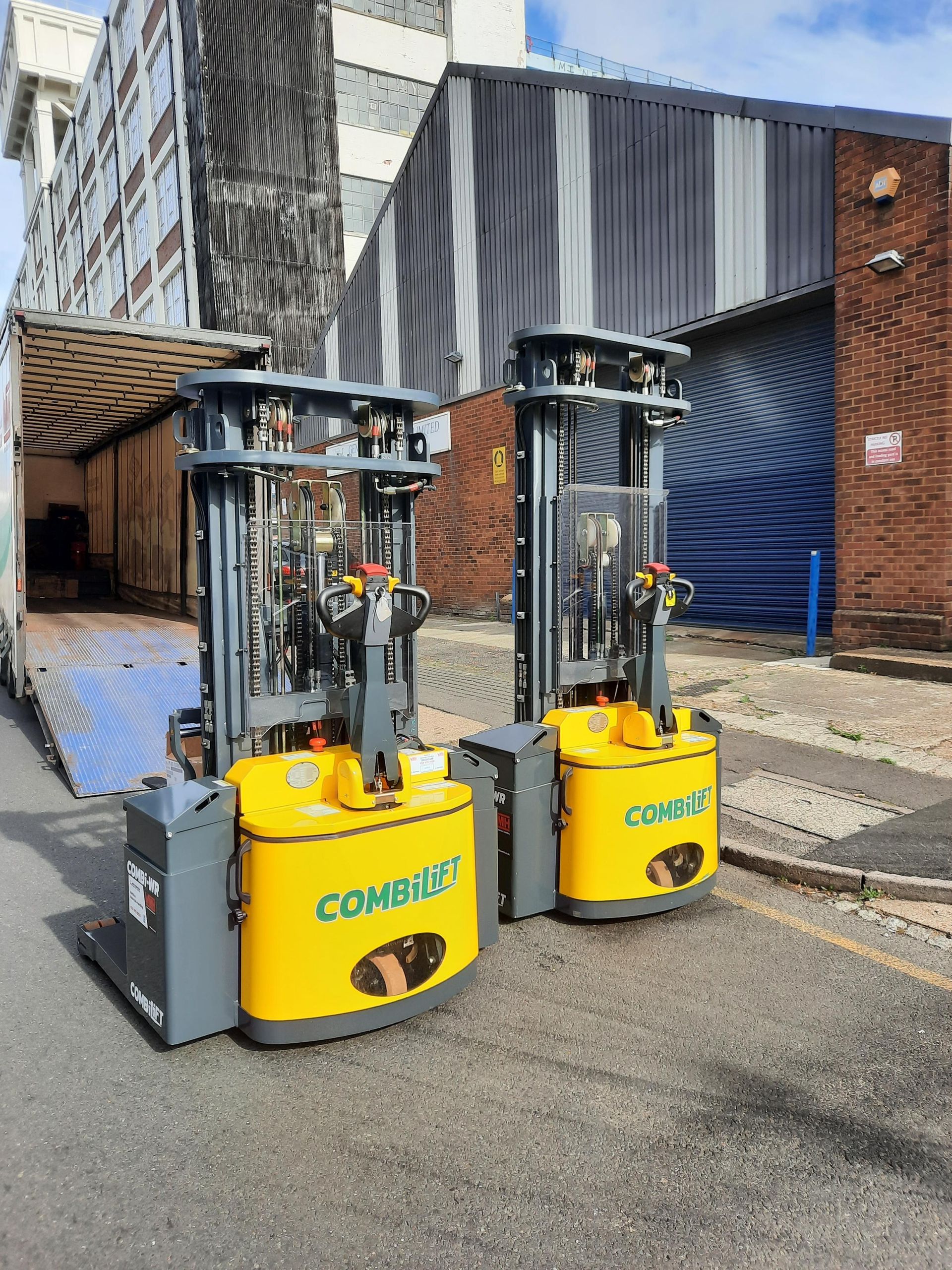PALLET STACKER AN ALTERNATIVE TO A FORKLIFT?
May 7, 2019
A new pallet stacker could be the best alternative to a used forklift
It’s often the case that the company hasn’t really thought about how the machine is actually being used day-to-day. Ideally, they’d look at how often it’s being used and in what situations. After all, the truck may have been in service for 5 or 10 years and businesses can change significantly in that time.
By looking at the situation with fresh eyes, they may well come to a completely different purchasing decision today. For example, in the past they might have replaced two forklifts with two like-for-like models. After evaluation those trucks could potentially be replaceable with an electric forklift (such as the EDiA EM which can cover the indoor and outdoor lifting), and a stacker to put merchandise away in pallet racking.
Of course, the question many of you will now be asking is: “Really? A pallet stacker? But how can that be a real alternative to a forklift truck?”
And while your doubt is understandable, and use of a pallet stacker does depend on the specific application, there are a few strong arguments that may help to make the case for stackers:
IS THE STACKER POWERFUL ENOUGH?
Well, the majority of forklifts used fall into the in the 1.5–2.5-tonne range. This is particularly true in small distributions or warehouses where the majority of pallets weigh even less. A modern electric stacker combines good ergonomics (as operators no longer need to pull or push the tiller arm) with load capacities up to 2 tonnes.
Pedestrian Stacker, 1.0 – 1.6 tonnes
Compact, easy to use and highly versatile, AXIA ES stackers deliver exceptional productivity in every setting. An ergonomic tiller arm and extremely compact powerhead, coupled with a very narrow chassis and outstanding visibility, ensure excellent manoeuvrability in tight spaces, such as on board road vehicles or in block stacking.
The stackers offer lifting capacities of 1.0, 1.2 and 1.6 tonnes. The SBP10N will stack pallets to a maximum of 3.3 m, while the SBP16N will go up to 5.4 m, and every model can also carry loads over distances of around 50 m. For operation on ramps or uneven floors, initial lift models SBP12NI and SBP16NI are the best choice. For handling bottom-boarded pallets, straddle leg models SBP12NS and SBP16NS are available. In all seven models the state-of-the-art, simple-to-use tiller arm design protects hands and places everything within easy reach for safe, comfortable, controlled operation.
ISN’T THE STACKER ONLY FOR THE FIRST 2 LEVELS?
In addition to pedestrian stackers, there are also models such as sit-on stackers with very high residual capacities. Sit-on or stand-on versions can effortlessly put a pallet away in most standard warehouses with 4 metres racking height. Models such as the Mitsubishi SBS15-20N are more than happy lifting goods up to 6.5m in narrow aisles.
DON’T YOU HAVE TO WALK A LOT WITH A STACKER?
While it’s true the pedestrian stacker is not made to cover large distances, there are models available for exactly for that purpose.
Another big advantage of using a stacker is that they provide excellent manoeuvrability in tight aisles. This allows you to place the racking closer which can increase your warehouse capacity. Compact, robust and extremely versatile, stackers are an excellent, cost-effective choice for fast and safe pallet lifting.
So ask yourself: when you’re next in the market for a truck, what will you choose?
THE WELFAUX CONCLUSION
You should get a trusted dealer to do a site survey and find out whether your materials handling equipment fleet needs adjusting; they should discuss the best mixed fleet options. If we’re the dealer you trust, get in touch and to find out more about the pedestrian stackers, electric forklifts, forklift-forklifts and site surveys.
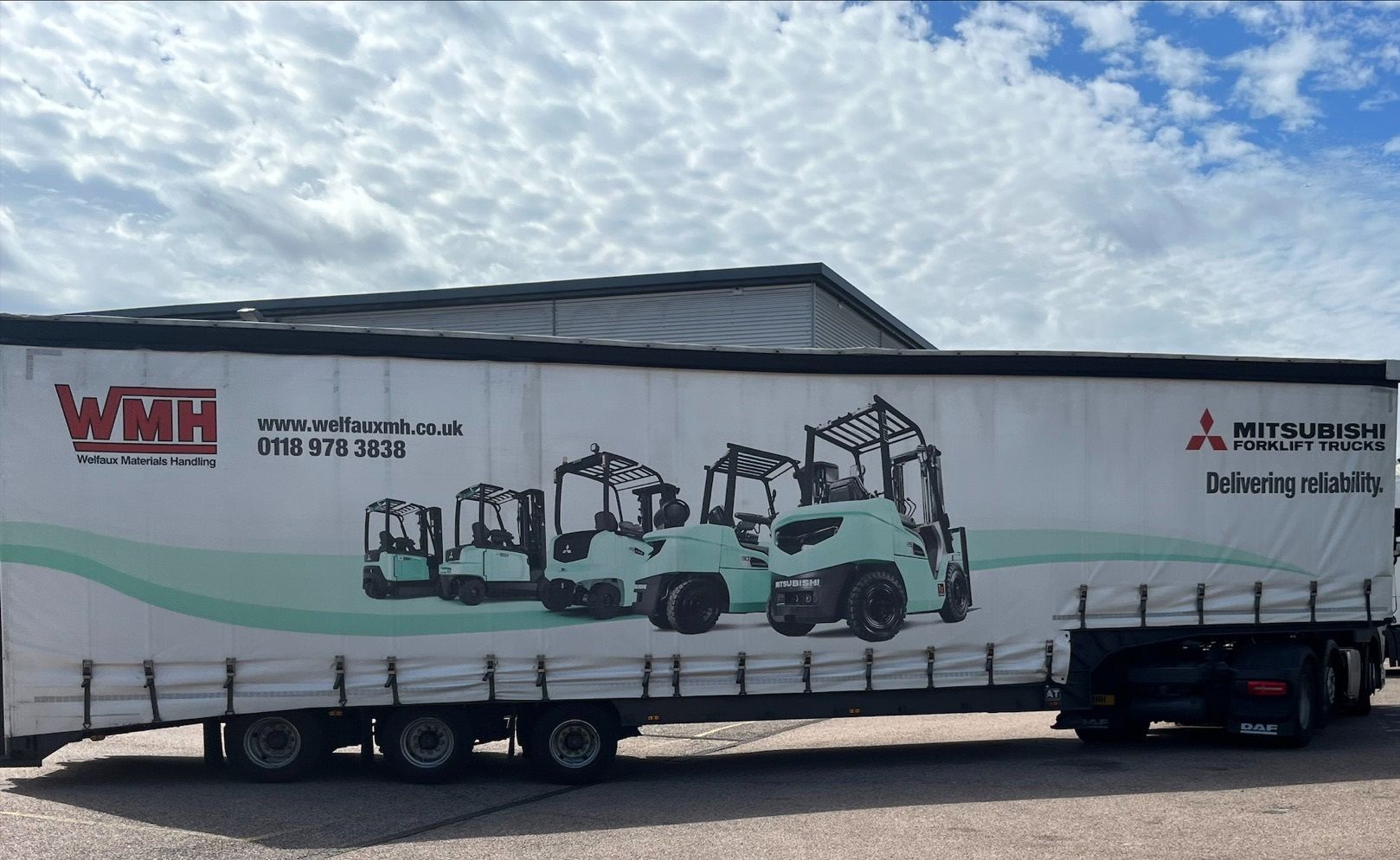
February 13, 2025
A nice, smooth delivery was made this week to our customer in RG10, who received a Mitsubishi PBP20N2R from us last year and have now received a refurbished 2016 Mitsubishi FGC70K and a new EP F4. Our customer who are specialists in Heavy Machinery relocation, handling and installation, will be benefitting from the agile, indoor and outdoor use of the FGC70 and the easy manoeuvrability of the PBP20 and EP F4 for the more smaller jobs around the warehouse. FGC70K Features: Simplex mast 3060mm Lift height 2050mm Closed height 1800mm Forks LED Lights EP F4 Features: Capacity 1500kg 1150mm Forks Polyurethane Wheels 24v 20ah Lithium Battery PBP20N2R Features: Capacity 2000kg 1150mm Forks Vulkollan Tyres 24v 375ah Battery Three phase 12hr charger For more information on our Pallet trucks, please click here And for more information on our refurbished trucks or if we can be of assistance to you and your business, please contact us and speak to one of our friendly team members - 01189783838
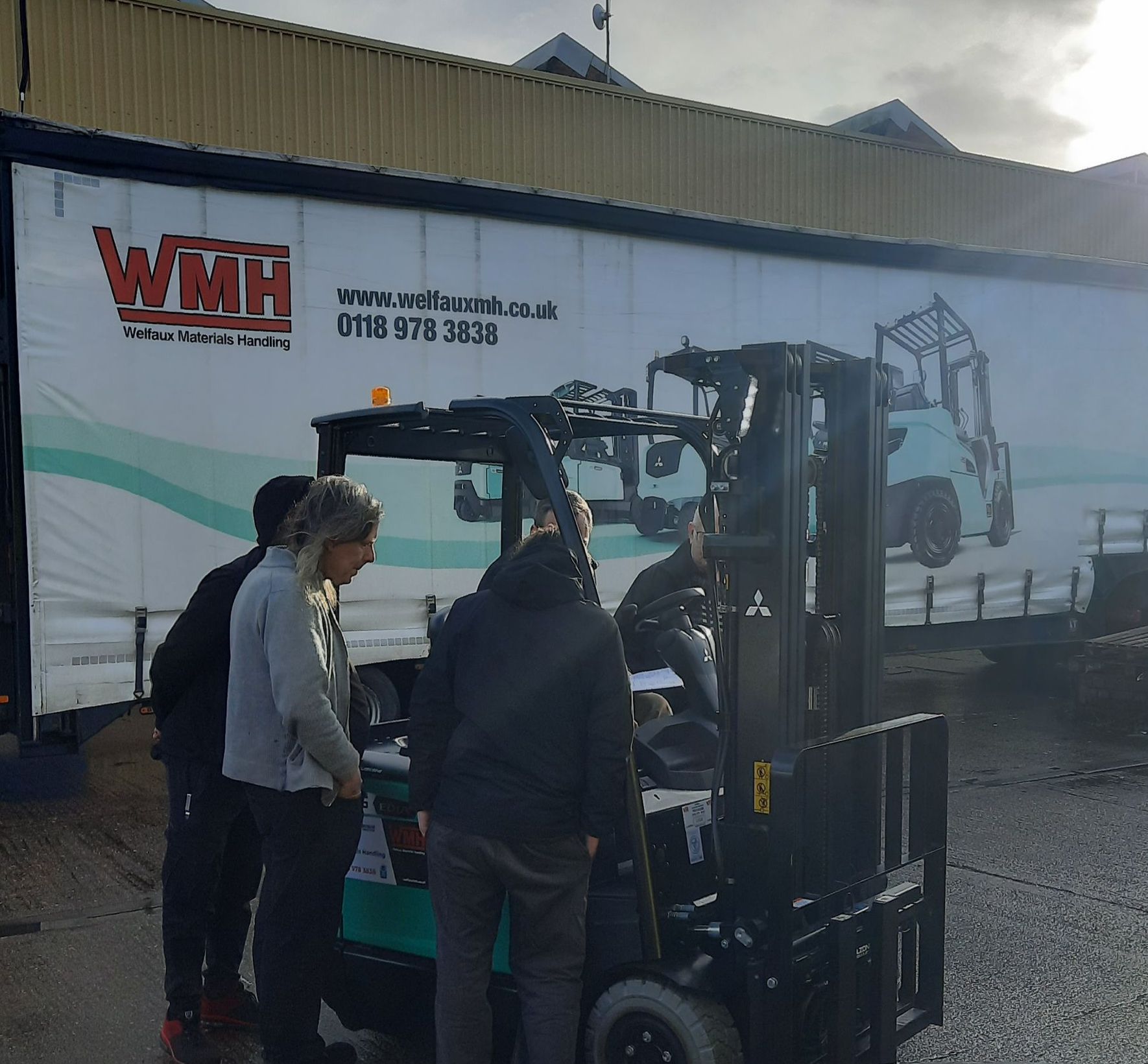
January 28, 2025
A successful Monday morning delivery to a new customer in UB6. The customer had a tour around the truck and was shown all its functions by the salesman, before taking the FB16 into their warehouse, ready to use in their everyday running of Audio equipment and services. Truck features: Triplex mast 4750mm lift height 2130mm closed height 1200mm forks 48 volt battery Hook on sideshift Rear view mirror Area Sales Manager: Oliver Martin For more information on our refurbished trucks or if we can be of assistance to you and your business, please contact us and speak to one of our friendly team members - 01189783838
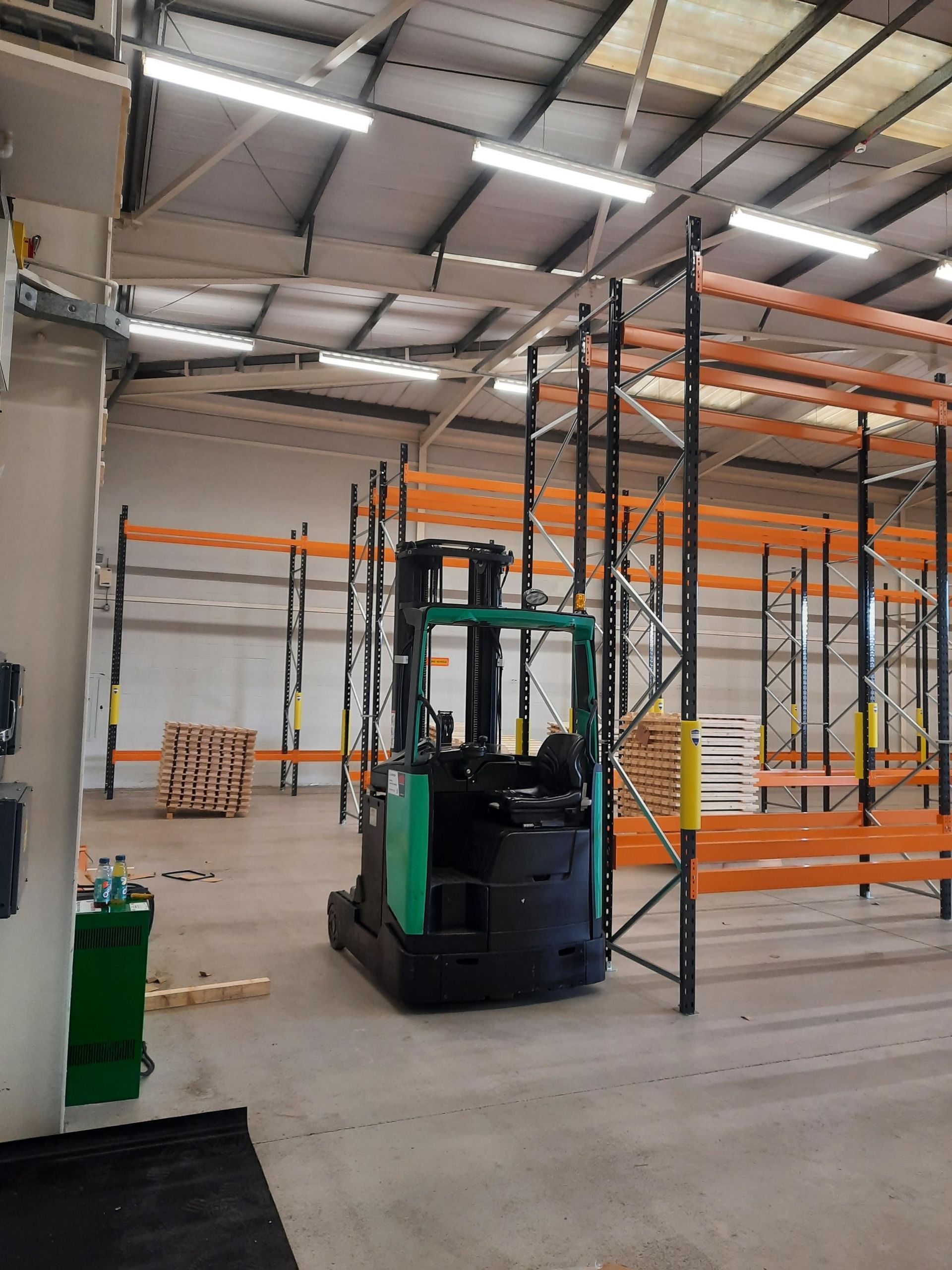
December 6, 2024
On Tuesday we kitted out one of our existing customers with a whole warehouse of Racking and one of our refurbished Mitsubishi RB14N's to hire while installation is taking place. Both elements will ensure our customer has optimal space and manoeuvrability, that will last!! Truck features: Triplex mast 6300mm lift height 2700mm closed height 1000mm forks 48 volt battery Racking supplied: Adjustable pallet racking Timber deck panels Rack end protection barriers Upright protectors For your Racking solutions, hire enquiries or if we can be of assistance to you and your business, please contact us and speak to one of our friendly team Racking - Simon Moody Hire - Sue Wicks
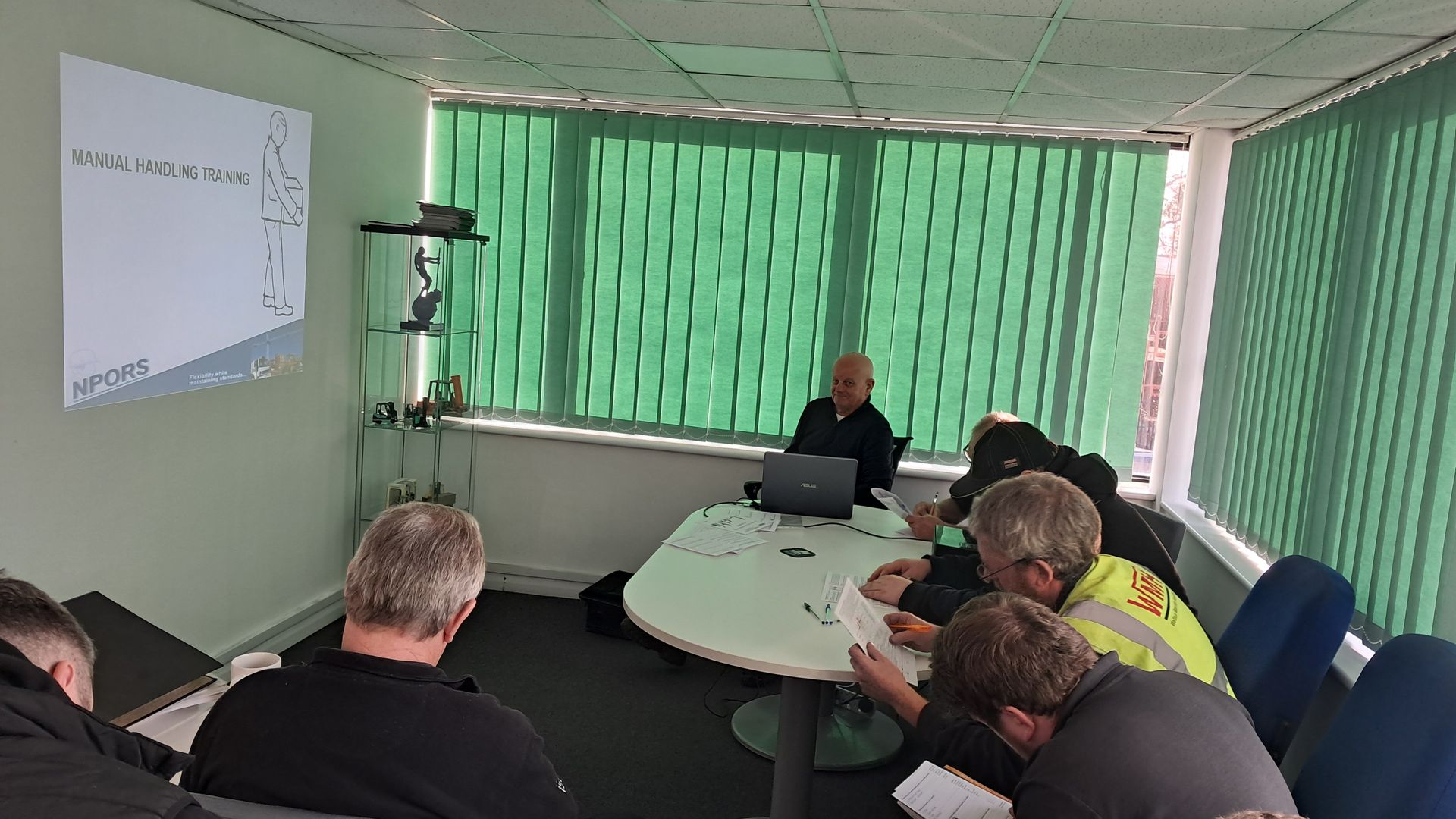
December 3, 2024
Training at Welfaux Welfaux employees took part in a Manual Handling Training course to ensure adequate safety, (both in the warehouse and at customer sites), when moving and/or lifting objects and equipment without the use of machinery. First off was the informative slideshow presented by our trainer Ray, followed by a testing of their knowledge and understanding, and then, the practical... All knees bent and straight backs ensured a pass for our team. With this information our team are not only providing a safe working environment for themselves but also for everyone working alongside them. Well done everyone 🏆 For more information about the Training we provide, please click here Welfaux have almost 4 decades of experience in forklift dealerships. To find the right forklift truck for you please get in touch - here
Welfaux Limited
Toutley Industrial Estate
Toutley Road, Wokingham
RG41 1QN
Quick Links
Affiliations
© 2025
All Rights Reserved | Welfaux Material Holding
Sign up for news, alerts, stock lists and offers
Contact Us
Thank you for signing up to Welfaux MH.
Oops, there was an error sending your message.
Please try again later.
Please try again later.

